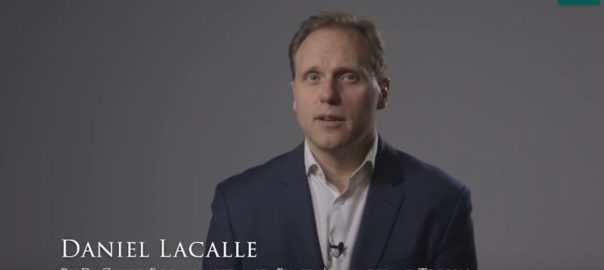In this episode of our video blog, we discuss what drives an economy to a crisis.
Governments always see the problem of the economy as a demand issue, and tend to create larger imbalances by pushing demand-side policies.

In this episode of our video blog, we discuss what drives an economy to a crisis.
Governments always see the problem of the economy as a demand issue, and tend to create larger imbalances by pushing demand-side policies.
Dr. LaCalle, thanks for your post! What’s most disturbing about the trends you describe is: if we are headed towards a prolonged stagnation rather than a sharp recession, such a situation lends itself to becoming normalized in people’s minds after a period of time. It’s like the difference between a sharp pain and a dull pain. A sharp pain will lead you to go to the doctor or the hospital and accept treatments that may in the short term add to the pain, but in the end lead to recovery.
A dull pain, like a mild toothache, can be endured indefinitely, and after awhile you get used to it, even if it subtly and daily saps your vitality. Economically, it leads to a situation like Japan, which has the same size economy as it did 25 years ago. The young pay a disproportionate share of the cost, being unable to find opportunities and start life in a country where the older generation basks in comfort and complacency.
I completely agree, Alex.